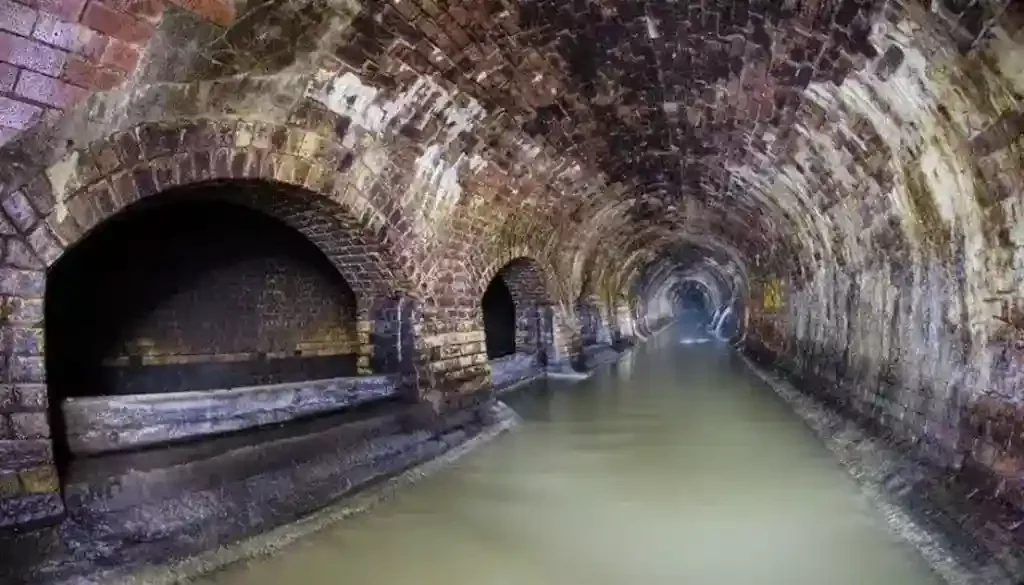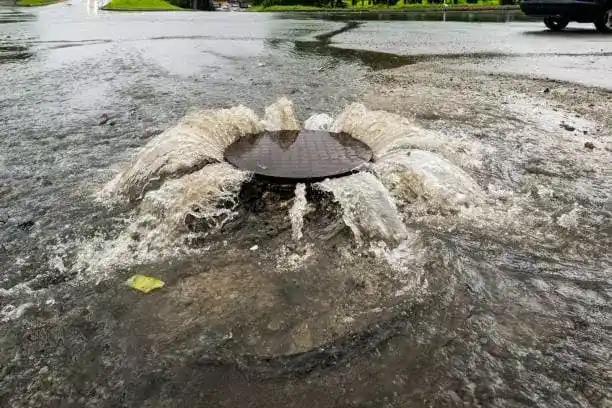Sewerage Systems
Back in the day, cities used to be a lot more unhygienic by having waste flowing through the streets. Nowadays, the waste transportation job is realized underground with the help of sewerage systems.
This article gives an overview about sewerage infrastructures, the common types that exist and are being built, the impact that these have in the environment and the required maintenance that these systems need to frequently realize.
The infrastructure of sewerage systems
Waste is created by ordinary human action such as taking a shower or flushing the toilet. This waste is composed by different chemicals that will need an special treatment for hygiene purposes.
The process to do so is formed by a series of elements: manholes, storm drains, pipes, pumping stations, storm overflows and treatment plants.
The whole network is connected by large pipes covering a very large space of the underground of a city.
This structure of pipes has the aim of transporting sewage from the many locations of creation of the waste, such as houses, to a treatment or discharge plant.
Regarding the transportation of the wastewater, it is advisable and common to take advantage of the force of gravity to minimize the costs of having pumping systems.
There exists different types of sanitary sewer systems, these can be classified into combined sewerage and separate sewerage:
-
Combined sewerage: this type of gravity-based sewerage system carry stormwater and wastewater together in the same system of pipes and tunnels to a treatment plant or disposal location. Hence, wastewater is diluted when it rains.
Uncontaminated stormwater just dilutes sewage, but the perk of this system is that stormwater may be in contact with waste on streets that could have toxic substances, oil, grease, soil particles and other organic material that may cause water pollution.
Water pollution is especially problematic to happen when there is an increase of the overflow in the treatment plant. Combined sewer overflow (CSO) happens when strong and large rainstorm occur such that cause a larger amount of sewage than expected. This issue can lead to floods in buildings with toxic substances in the contaminated water.
Furthermore, to evade the contact of the contaminated water with people, the relief systems transport the human and industrial waste into rivers or streams that will cause a negative impact on the environment, affecting nature and animals. Because of this reason, this system is not used as often nowadays when building new sewerage infrastructures.
-
Separate sewerage: this system is also gravity-based but they carry stormwater and wastewater separately by having a dedicated simplified sewerage for collecting and transporting houshold wastewater through pipes, and a storm drain infrastructure that drain excess rains from the ground (usually located in paved streets or parking lots that take advantage of the gravity).
This method of infrastructure design is the alternative that helps not to cause the combined sewer overflow. However, stormwater penetration into wastewater sewage pipes is an issue yet to be solved on many cases due to unprotected pipe pairings.
Maintenance of sewerage systems
Pipes from sewerage networks suffer a lot of damage overtime due to deterioration or potentially carrying toxic substances. There is a large quantity of defects that could occur (which are usually defined and explained in a standardization document), including performance defects such as roots or sediments and structural defects such as cracks, joint displacements or collapses.
These defects will affect the performance of the sewerage infrastructure, also causing a negative impact on the environment and public health. Furthermore, the replacement of damaged sewers is very expensive due to the characteristics of the infrastructure. Because of these reasons, having frequent check-ups through the whole infrastructure is a crucial task to follow.
Thanks to technology, the maintenance task doesn’t need the active search and localization of defects along the pipes by manual labour since it can be automated with robots that travel through the pipes and film the inside of the network.
After that, the videos can also be processed with artificial intelligence powered methods, such as SEWDEF, to automatically detect all defects that appear in the video and generate a report detailing the findings.
If you want to know more about our SEWDEF system, do not hesitate to contact us.


